|
Circular Polarized antennas are one of the best type of FPV antennas you can use, especially in teh 5.8Ghz band. This technology has turned 5.8Ghz for FPV from one of the least practical bands, to one of the best. We are now selling Cloverleaf and Skew Plannar Antennas at our shop.
if you are interested in the details of circular polarization and why it is better read more for all the details! Circular Polarization - what is it? 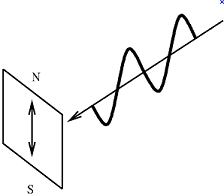 Linear Polarization Most antennas sold with video transmitters and receivers are linear polarized. With Linear polarized antennas the signal comes out between each end of the antenna normally in a vertical wave. If the antenna is positioned so its horizontal it comes out as a flat horizontal wave. This is vertically polarized and horizontally polarized.The diagram to the right shows a vertically orientated antenna, N being the top of the antenna S being the bottom. The waveform comes out from top to bottom in a linear fashion. 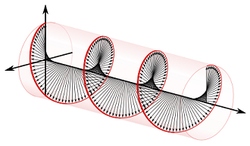 Circular Polarization Circular polarization is emitted from the antenna in a circular spiral pattern. Depending on the antennas polarization it can come out in a clockwise circular pattern, or a anticlockwise pattern. As you can see from the picture, if the antenna is positioned horizontal, vertical or any where in between the signal from it is exactly the same. Advantages of Circular PolarizationWith Linear antennas, both the receiver and transmitter should have the same orientation for the best signal. This is great for static applications (like your Wifi router) where you can set this. But on an aircraft that is constantly rotating and turning (banking) its not always possible to keep the orientations aligned as With linear antennas, as soon as the transmitter antenna is away from the matching angle of the receiver antenna you incur losses in dbi. The further off axis the higher the dbi loss until the transmitter antenna is at 90 degrees off when you get the maximum -26dbi loss. During the dbi loss you can get from a drop in picture quality to total loss of picture. With circular polarization however, no matter what axis the transmitters antenna is placed at, the circular pattern still matches the receiver so no losses are incurred at all. So your picture stays perfect all the time. Multipath Rejection Another extra benefit of circular polarization is that when a signal is bounced off the ground as shown in the image, you may receiver two of the same signal as slightly different times. This usally leads to interference with linear antennas. With circular polarization when the signal bounced off the ground the orientations is changed from clockwise to anticlockwise and vice versa, means that the receiver will not pick up the extra bounced signal.
Comments
|
Photo from Ronnie Garcia
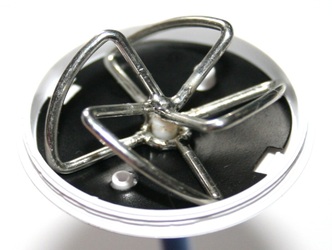

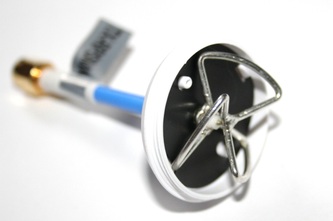
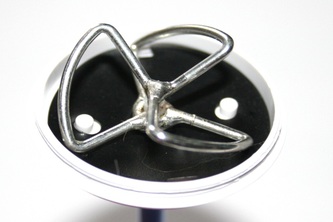
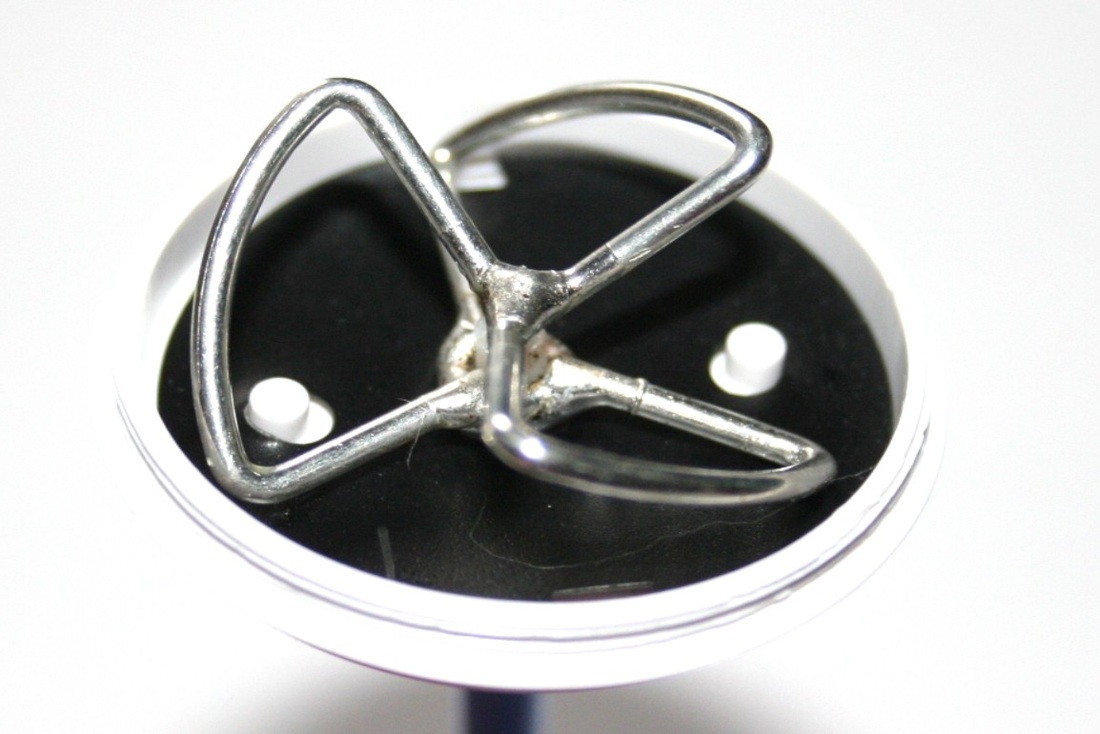

 RSS Feed
RSS Feed
